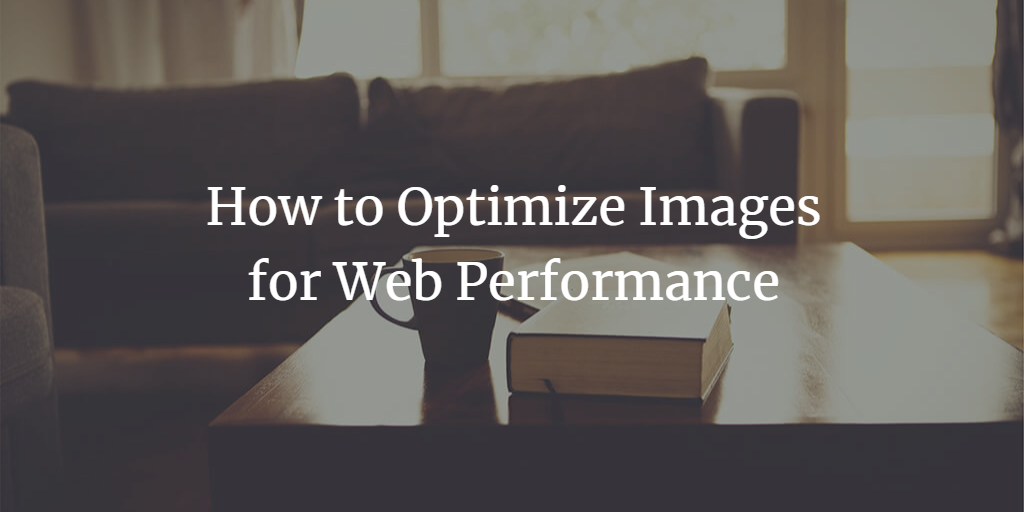
Table of Contents
Introduction
Why Image Optimization Matters
Choosing the Right Image Format
Image Compression
Image Dimensions
File Names and Alt Text
Lazy Loading
Responsive Images
Conclusion
Introduction
Welcome to the definitive guide on How to Optimize Images for Web Performance in 2023. In this guide, we'll explore various techniques to optimize images for faster loading times and improved website performance.
Why Image Optimization Matters
Optimizing images is crucial for a variety of reasons:
Improved page load times, which enhances user experience and SEO
Reduced bandwidth consumption, which lowers hosting costs
Increased engagement and conversion rates due to faster loading content
Choosing the Right Image Format
Select the appropriate image format for your needs:
JPEG: Best for photographs and images with many colors
PNG: Ideal for images with transparent backgrounds or simple graphics
GIF: Suitable for simple animations and small graphics
WebP: A modern format that provides superior compression and quality
Image Compression
Compress images to reduce file size without sacrificing quality:
Use lossless compression for PNG and GIF files
Employ lossy compression for JPEG files, adjusting the quality level to balance file size and image quality
Utilize online tools or plugins, such as TinyPNG, ImageOptim, or ShortPixel, to compress images
Image Dimensions
Resize images to match the display dimensions on your website:
Determine the maximum display dimensions for each image
Resize images using an image editor or a plugin
Avoid scaling images up, as this may reduce image quality
File Names and Alt Text
Optimize file names and alt text for SEO and accessibility:
Use descriptive file names that include relevant keywords
Write meaningful alt text that accurately describes the image and includes keywords when appropriate
Keep both file names and alt text concise
Lazy Loading
Implement lazy loading to defer the loading of off-screen images:
Use JavaScript or a plugin to enable lazy loading
Ensure that critical images above the fold are loaded immediately
Test the implementation to ensure it works correctly across devices
Responsive Images
Create responsive images to optimize loading times on various devices:
Use the
srcsetandsizesattributes to serve multiple image versions based on device widthImplement the
<picture>element for advanced art direction or format switchingTest responsive images on different devices and screen resolutions
Conclusion
Optimizing images for web performance is essential for delivering a fast and engaging user experience. By following this guide, you'll be well-equipped to maximize your website's performance in 2023. Keep in mind that web technologies are constantly evolving, so stay up-to-date with the latest best practices and tools for image optimization.


